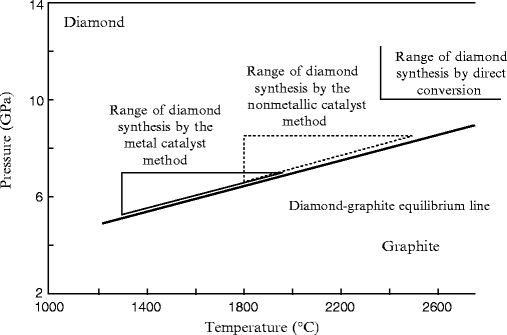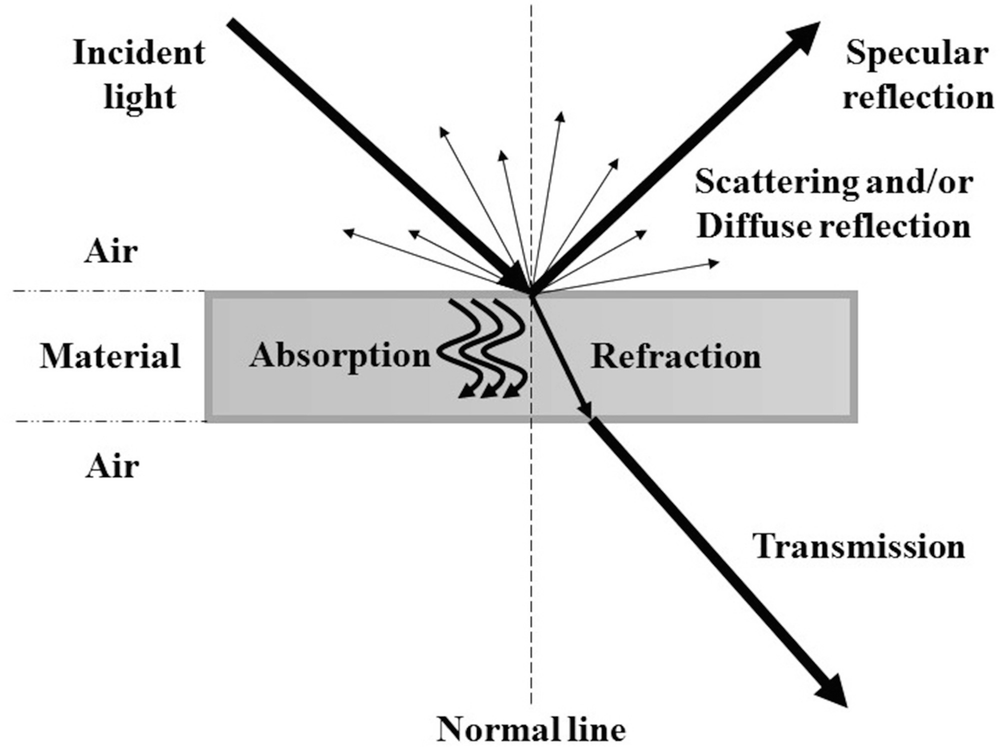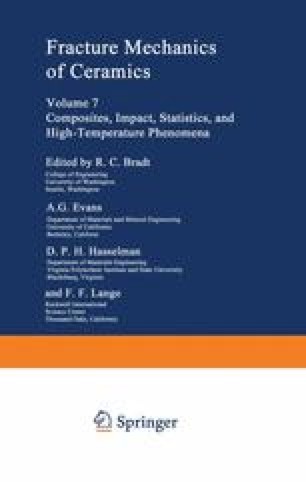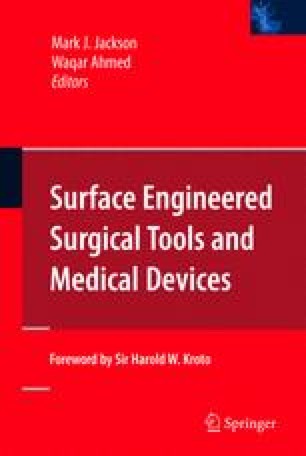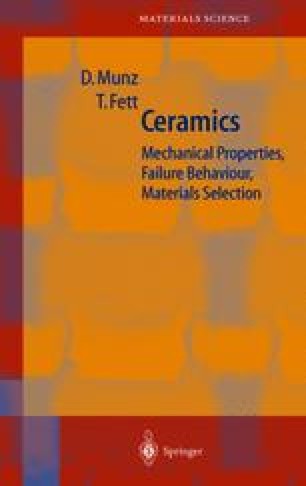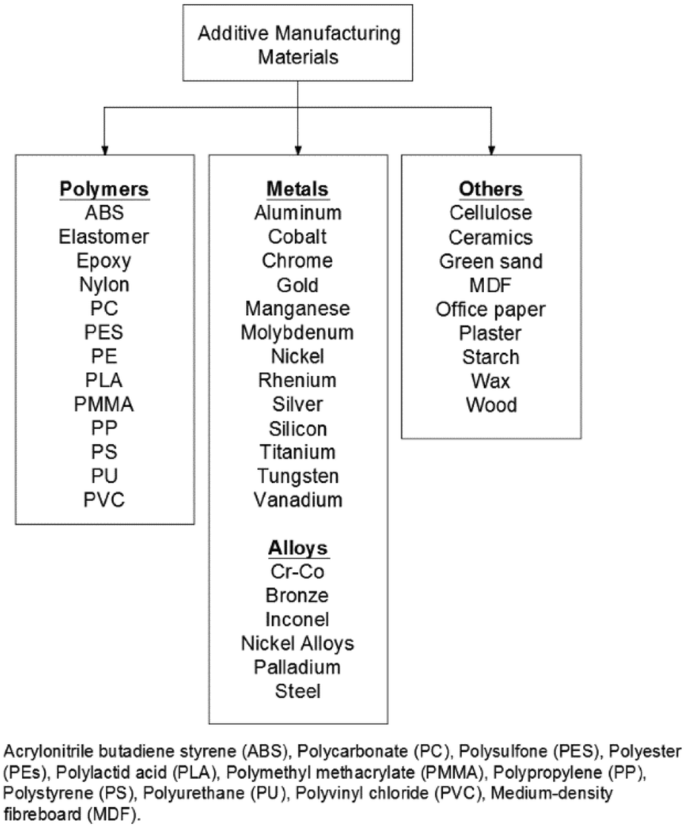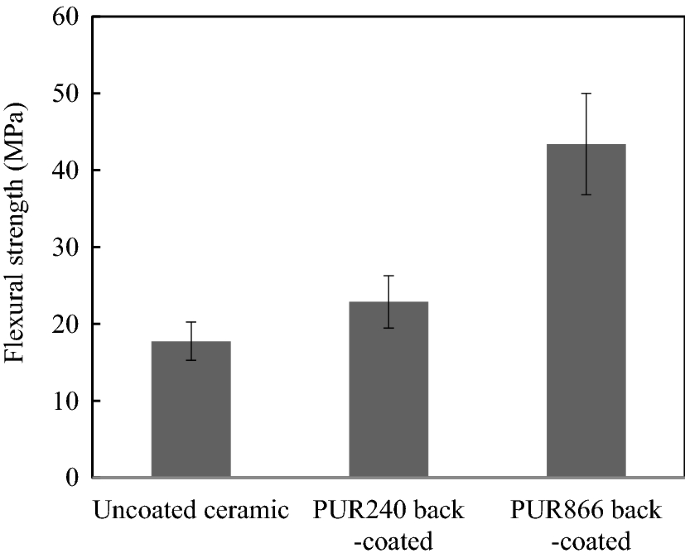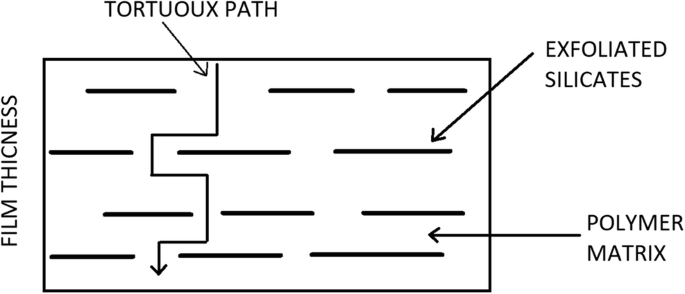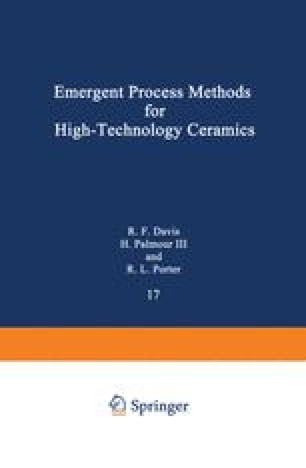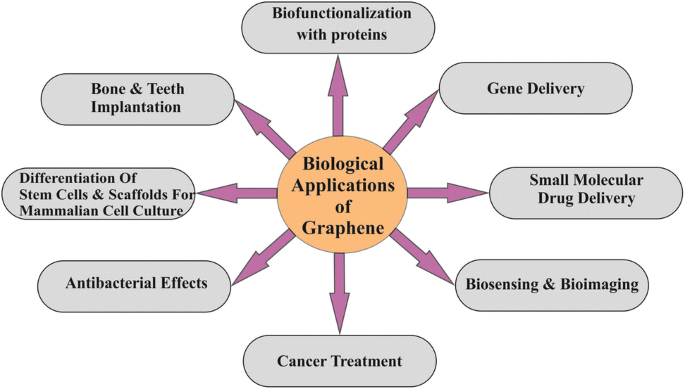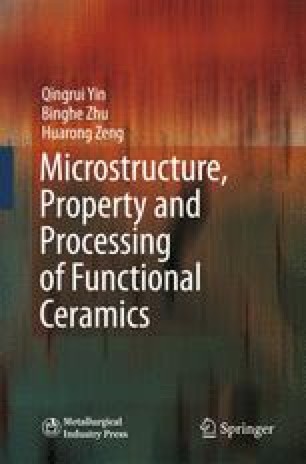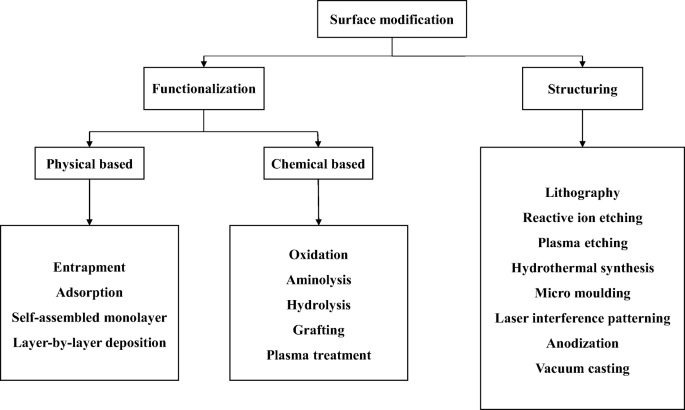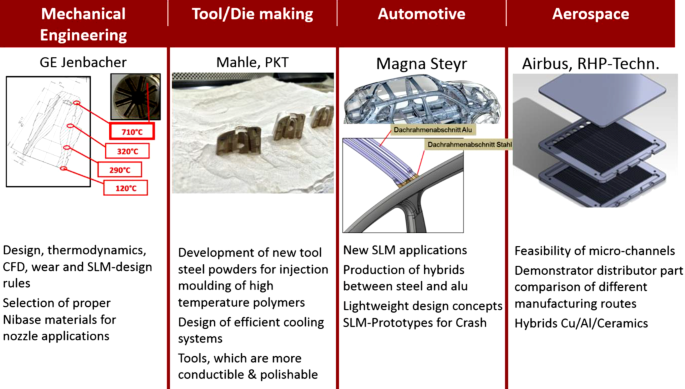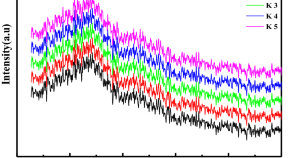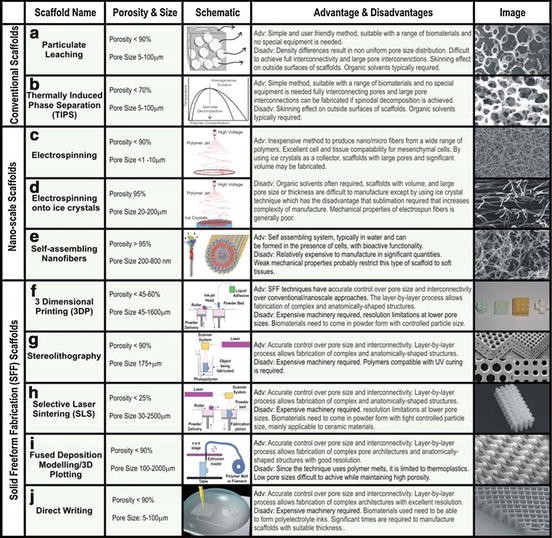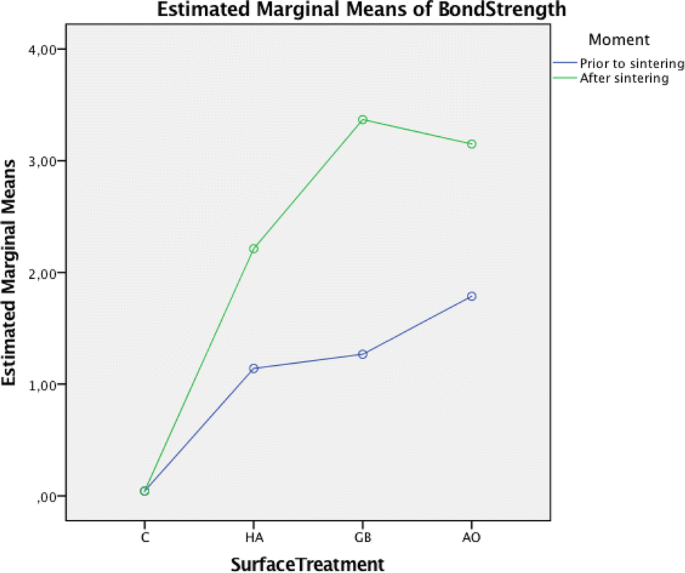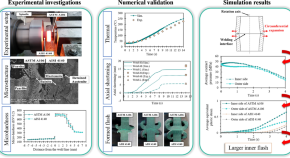Mechanical Properties Of Ceramics Springer

Springer this book discusses the mechanical properties of ceramics and aims to provide both a solid background for undergraduate students as well as serving as a text to bring practicing engineers up to date with the latest developments in this topic so they can use and apply these to their actual engineering work generally ceramics are made by moistening a mixture of clays casting it into.
Mechanical properties of ceramics springer. This paper reports a study of mechanical properties of bauxite ceramics. Hexagonal boron nitride h bn composite ceramics were prepared by hot pressing with the addition of y2o3 and aln. They are attractive due to their good high temperature strength high wear resistance good corrosion restistance and other special physical properties. These are followed by the theoretical basis of the subject.
Starting from the analysis of the results of such an investigation the fundamental ideas which contribute to define the mechanical behaviour of ceramics are discussed. The influence of the form of corundum grains composition of the glass phase and solid solutions of mullite and aluminum titanate in the corundum matrix on mechanical properties of bauxite ceramics are also discussed. To evaluate the interest of the scientific community in assessing the mechanical properties of ceramics a statistical review of the literature has been prepared. The results indicate that y2o3 aln forms a liquid phase during the sintering process achieving a.
The effects of different y2o3 aln contents on microstructural evolution mechanical properties and thermal diffusion coefficients of h bn composite ceramics were investigated. Ceramic materials are widely used as components in a great variety of applications. Toughness is an important criterion in ceramic properties mechanical evaluation. X ray diffraction and scanning electron microscopy were used for phase analysis and microstructure examination respectively.
Their major drawback is their brittleness and the large scatter of mechanical properties. The sintered compacts showed fine grained dense tough and. Because of the brittle nature of ceramics special instrumented charpy impact test machines were developed primarily to evaluate the dynamic toughness of such materials. In this chapter mechanical properties of ceramics are described on the basis of both standards jis and iso together for strength hardness creep and abrasion resistance of dense sintered body.
In this work zirconia powders containing 5 and 10 mol ceria were prepared by co precipitation method followed by doping with small amounts 1 mol of gadolinia which stabilized the tetragonal phase. As a notable point the characteristic value of mechanical property of ceramics depends on the size and quantity of microscopic and macroscopic.









